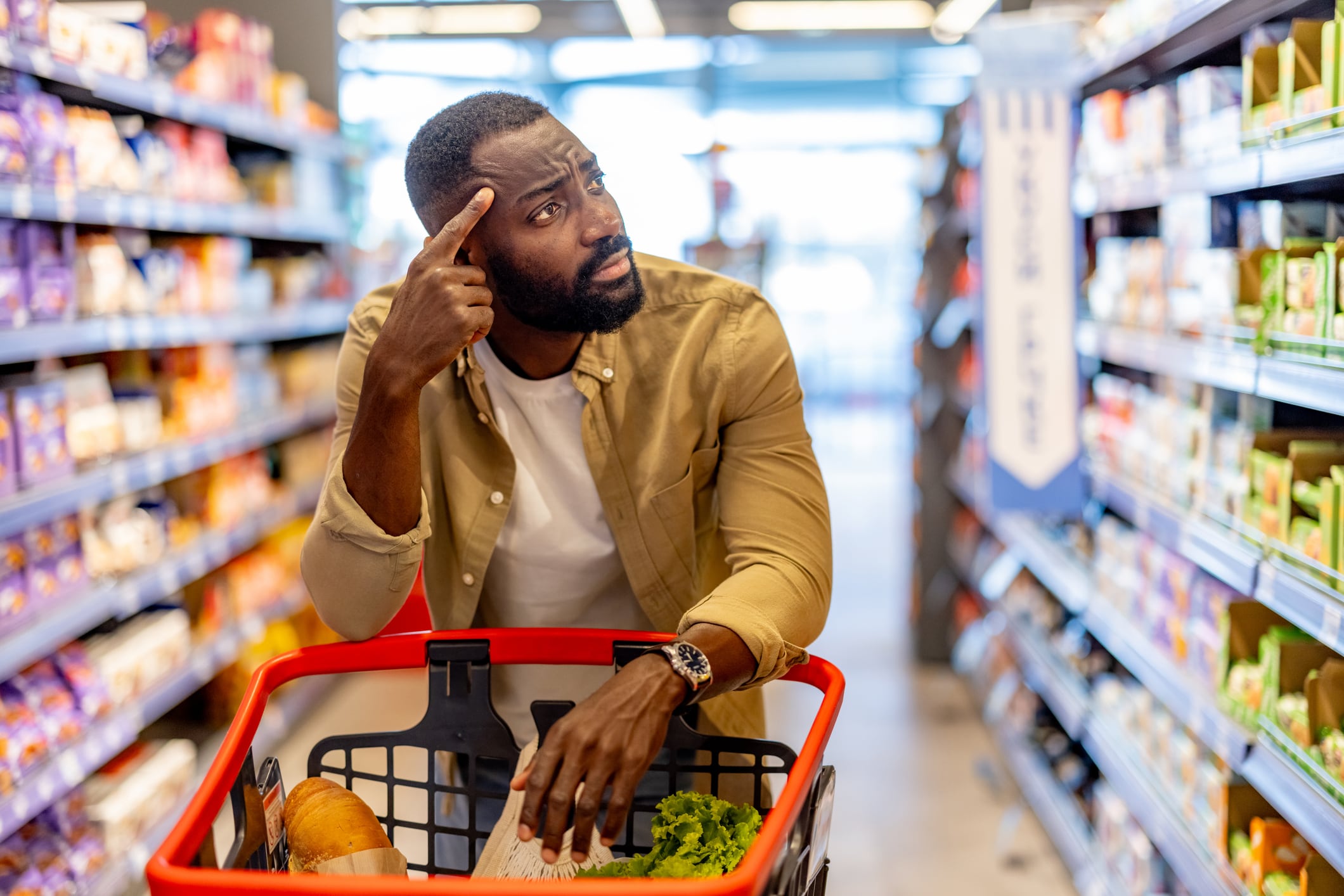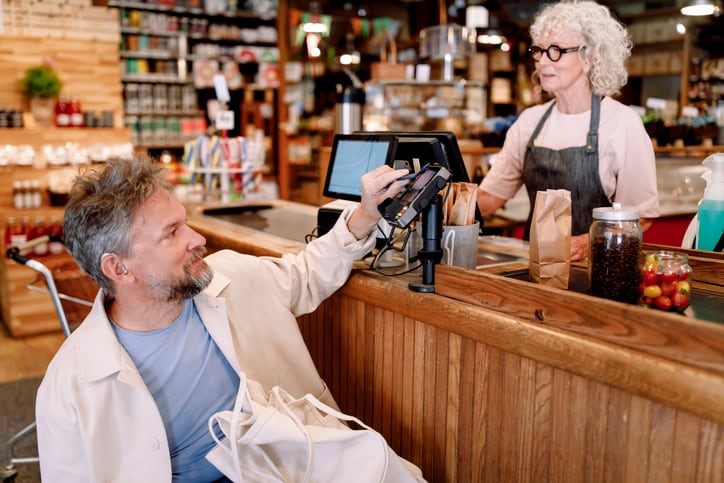National and private label brands will need to balance personalization, innovation and price to meet shoppers’ diverse needs, Cara Loeys, VP and industry adviser, CPG, food and beverage, Circana, said during a recent MRP Solutions webinar.
Overall retail sales in 2025 (27 weeks ending July 19) showed modest growth. Total sales across major industries tracked by Circana rose about 2% year-to-date, with unit sales roughly flat and average prices up 2%, Loeys reported.
Consumers are focusing on essentials – particularly food, beverage and everyday CPG items, according to Circana.
Income, age and demographics reshape spending
Macroeconomic indicators could influence spending for the remainder of the year, Loeys noted. Slightly higher unemployment and softer consumer confidence, particularly following the announcement of tariffs, point to moderately tighter conditions ahead, she said.
Consumer behavior also is diverging across income, age and demographic groups. Loeys pointed out that low-income households are highly price-sensitive, focusing on smaller pack sizes, whereas higher-income households are more likely to buy in bulk or pay a premium for value. Cuts to SNAP and Medicaid, along with new eligibility requirements, are expected to further constrain lower-income consumers’ discretionary spending.
Hispanic consumers have reduced their discretionary spending, while younger consumers are scaling back due to delayed milestones such as homeownership and financial pressures, influencing the behaviors of the next generation of household decision-makers.
Retail food and beverage sales grew 4.2% among Millennials in the year ending June 15, 2025, outpacing Gen Z (2%) and Gen X (3.8%), while Boomers led with 4.4% growth, according to Circana.
Health takes center stage: The GLP-1 ripple effect
Consumers are shifting toward healthier consumption patterns, partly influenced by the growing use of GLP-1 medications, Loey said.
There is “a consistent trend in the types of foods that consumers are eating, and in the interest and the greater focus that they’re putting on the ingredients and the labels on the food products that they’re buying,” she said.
This trend is reflected in declining demand for candy, alcohol, bakery items and certain snacks, while protein-based and multifunctional beverages are seeing growth. Consumers are increasingly prioritizing ingredients, functional benefits and products aligned with health-conscious diets, per Circana.
Redefining value: Inflation, tariffs and the premium pivot
Food and beverage prices have increased on average 35% since 2019, outpacing wage growth, according to Circana. Loeys emphasized that inflation has shifted consumers’ perceptions of value and influenced their shopping behavior.
Price spikes in coffee, poultry, eggs, beef and berries are significantly driven by crop constraints, disease or other supply challenges, Loey noted.
The market also is bifurcating between premium and private brands. Consumers are trading down in discretionary categories, but food and beverage continue to see premiumization, highlighting the central role of these products in shopping behavior.
Between 2024 and 2025, dollar share in the super-premium segment rose from 72% to 76%, outpacing growth in premium categories (55% to 56%), while private brands declined from 75% to 67%. Mainstream and value segments faced challenges, with mainstream falling from 18% to 17% and value dropping from 41% to 37%, per Circana.




